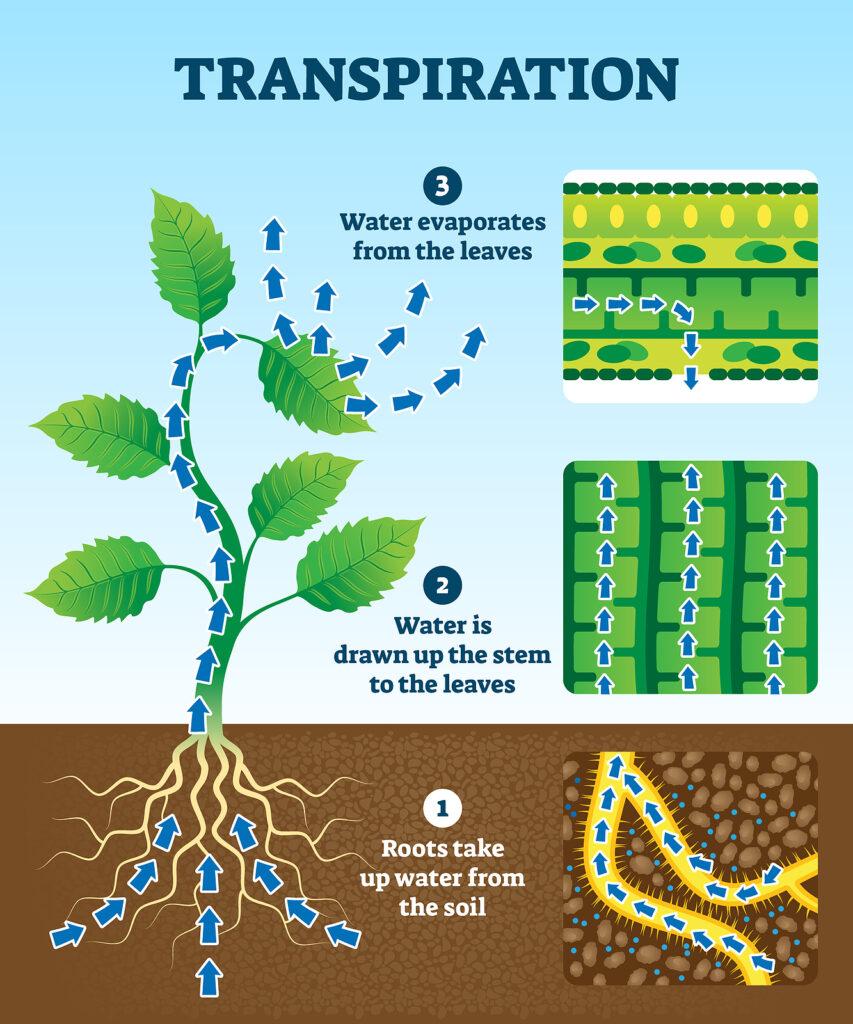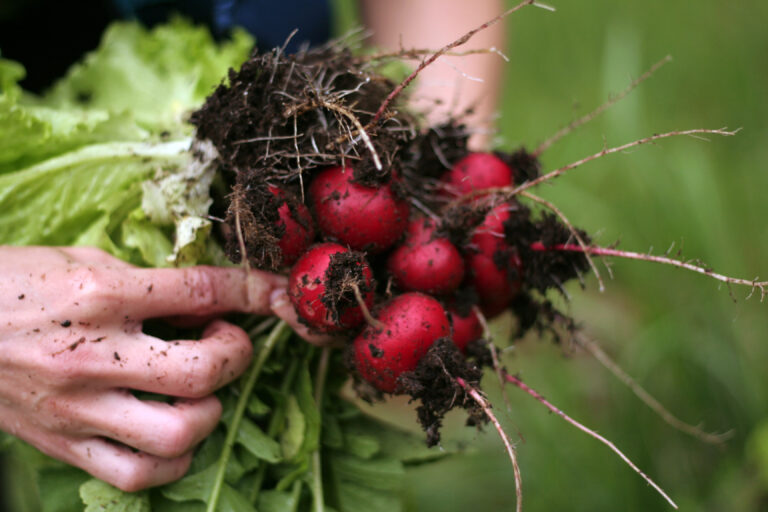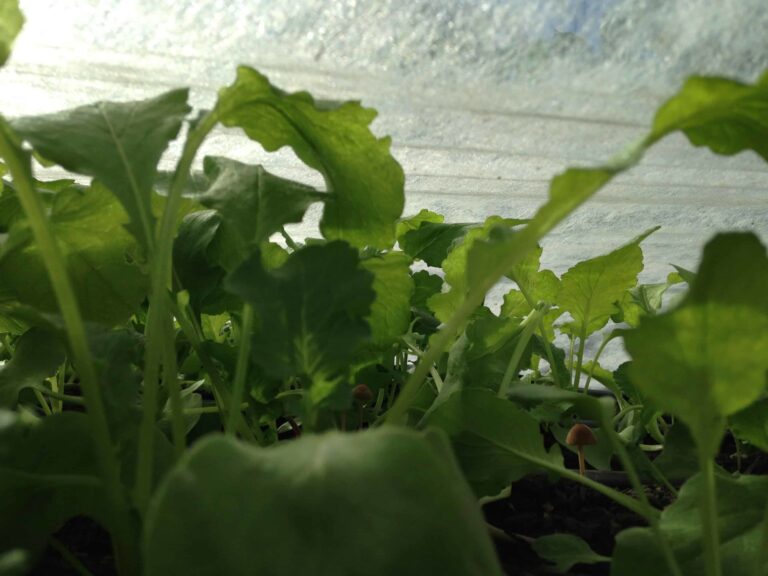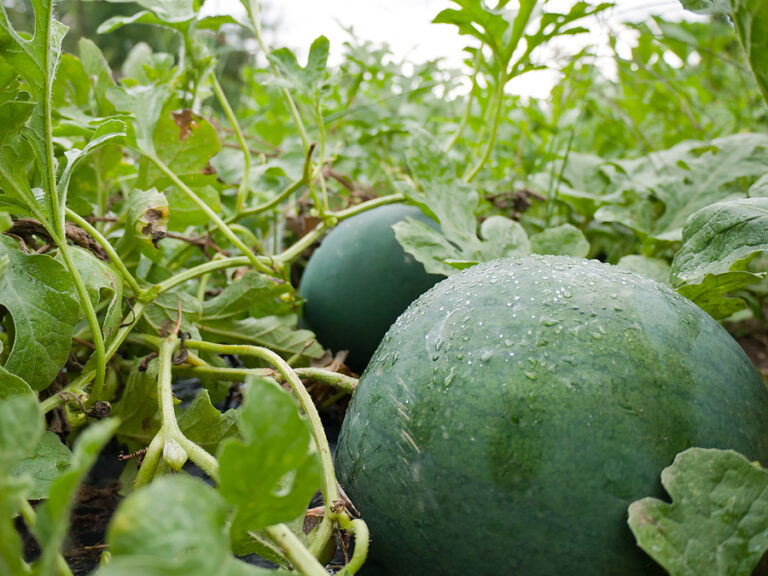How Plants Grow in Your Vegetable Garden
Vegetable crops and other plants need light, water, air, nutrients, and the proper temperature to grow.
Light for photosynthesis
Plants use light to make food (carbohydrates—sugars and starches) in their leaves. This process is called photosynthesis; it is the transformation of light energy into chemical energy.
Here’s how photosynthesis works: the green pigment in plant cells (called chlorophyll) absorbs light energy; this energy is used to split water in the plant cells into hydrogen and oxygen molecules. The hydrogen combines with carbon dioxide (which is absorbed by the plant through pores on the leaves called stomata) to form a sugar compound while the oxygen passes out into the atmosphere.

Energy for plant cell growth
The sugar compound is stored in the leaves in the form of insoluble starch (sugar polymers) or it is transported to the roots and stem of the plant for use and storage. Plant growth happens when the stored starch is broken down in the presence of oxygen absorbed from the atmosphere to produce energy for cell growth; this process is called respiration; it is essentially the reverse process of photosynthesis.
Soil minerals feed plants
In addition to the water and carbon dioxide plants use to make sugars and starches, plants also use several other minerals for growth (these are called macronutrients and micronutrients). These soil minerals (from rock fragments) are dissolved in soil moisture. The soil moisture (water) and minerals are drawn up into the plant through the fine hairs on roots. The mineral solution is drawn into the root hairs and into the thick white roots and on up to the stems and up to the leaves through channels in the stems called xylem; this drawing up process is called transpiration.

Water evaporation and transpiration
Transpiration is triggered by the evaporation of water through the leaf stomata–the mineral carrying water is drawn up through the plant and passes through leaf stomata leaving the minerals behind in plant cells. Transpiration (evaporation) is triggered by temperature.
Among the minerals drawn up into the plant via transpiration are nitrogen, phosphorus, and potassium. These minerals and others combine with carbohydrates to form proteins. The proteins are used for leaf and stem growth, flower and fruit development, root growth, and general plant health.
And that, in a nutshell, is how plants grow in the vegetable garden—light, water, air, and nutrients make it happen.
Related articles of interest:
Vegetable Plant Nutrients: Sources and Deficiencies
Making Compost for Your Vegetable Garden





